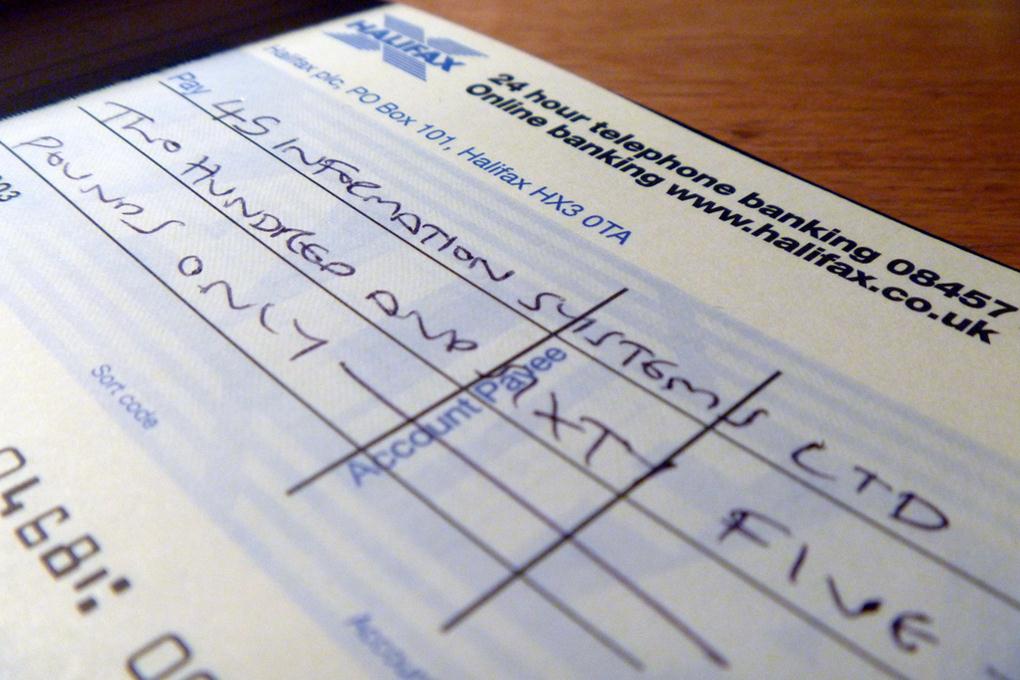We’ve all heard the term bonds at some point during our life, but most of us are not really certain as to what exactly it means (and no, it’s not the MI6 agent, that’s another kind of Bond). Think of it like this, the same way all citizens and small business need loans for socioeconomic development, so do most of the large corporations and governments. Whether it’s for launching a new product into the market or for a new construction project kickoff, at the end of the day, everybody needs some extra cash. Except in this case, instead of turning to banks, they create bonds which pretty much anybody can invest in. So basically, they are some sort of larger financial loan which also revenues with interest.
But how do they compare to other forms of investment, say for example, stocks in the market? Well, in terms of risk management, bonds are generally safer to invest in because you don’t have to speculate, or watch as the stock values capriciously flick up and down without your say-so. Their dynamics are also easier to understand and don’t require extensive knowledge (such as quantum economics) to perform a safe investment. Just bear in mind that while they are safer than most other types of investment, they are not 100% fail-safe. Also, for this exact same reason, return revenues when they mature are considerably lower. The risk-return relationship remains true.
Now to fully understand what bonds are and how exactly they work, let’s take a look at the most common types there are to invest in:
– Treasury: Usually sold at auctions four times per-year, they can be bough and sold again countless times between private parties before they reach maturity, at 30 years. Revenues are paid twice a year.
– Savings: Sold directly by the US Department of Treasury, they have the advantage that the holder does not need to wait until full maturity to cash them out, but they cannot be negotiated amongst private parties. Both types of investments are widely considered to be to safest, because they are protected by the Full Faith And Credit Clause of the US Government, so you’ll get your money back one way or another.
– Government: They divide into three categories. Bills can mature in less than a year; Notes can mature anywhere between 1 and 10 years, and Fulls mature starting at 10 years and more. Maturity percentages and potential yields are directly proportional to the length of time invested.
– Municipal: Regarded as an intermediate risk, cities and municipalities can also issue debt into the market for their projects. The returned interests are exempt of all types of government taxes as well. But remember, cities (no matter how large) can also file for bankruptcy, just like Detroit did in July 2013, becoming the largest municipal, debt-related bankruptcy filing in the history of the United States.
– Corporate: Most companies are very loose regarding how much debt they can issue into the market. They also divide into three sub-types. The short-termed mature anywhere between 1 and 5 years; Intermediates do between 5 and 12 years, and long-termed mature from 12 years and up. They also present a slightly higher turnout, because it’s much more likely for a company to default, than say, a government. The company’s credit score also plays an important role. Sometimes the holder might be offered to convert their investment into stocks as well, also called convertibles.
Simply put, bonds are an excellent addition to your investment portfolio, and arguably the safest ones at that. You won’t get rich with them, as compared to the stock market, but the initial investment and potential revenues are highly improbable to go void, so your money will be, in all likelihood, in safe hands.
Sourced from: Alot
Posted on May 22, 2023


